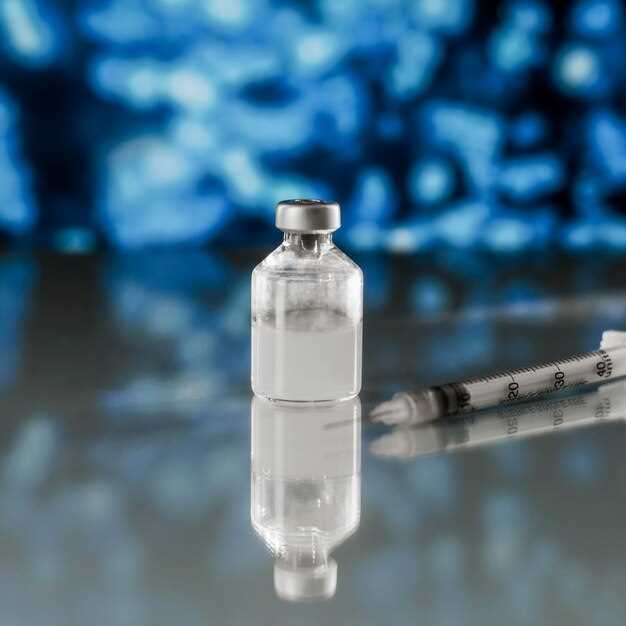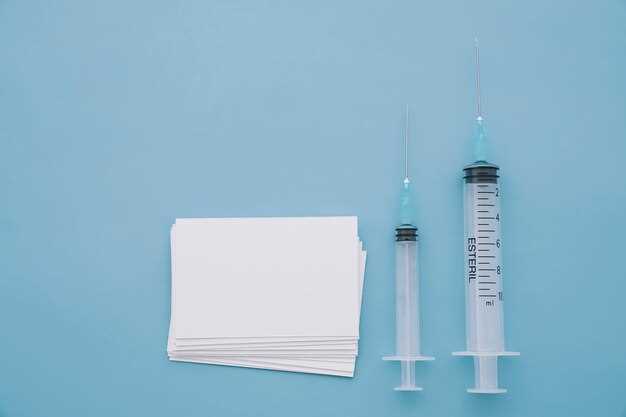
Are you currently using Levothyroxine intravenously (IV)? Switching to oral dosing could offer you numerous advantages. Levothyroxine is a thyroid hormone replacement medication that is commonly used to treat hypothyroidism. Transitioning to the oral form of Levothyroxine can provide greater convenience, cost savings, and ease of administration.
Overview of Levothyroxine IV to PO Dose
Converting levothyroxine from intravenous (IV) to oral (PO) administration is a crucial step in the management of patients with thyroid disorders. This conversion allows for better absorption of the medication and more stable serum levels, leading to better control of thyroid function.
The process involves carefully calculating the equivalent dose of levothyroxine for oral administration based on the patient’s weight, thyroid function tests, and clinical status. It is essential to monitor the patient closely during the transition period to ensure that the new dose is effective and well-tolerated.
By converting levothyroxine from IV to PO dose, healthcare providers can optimize the treatment of thyroid disorders, improve patient outcomes, and reduce the risk of complications related to thyroid dysfunction.
Benefits of Dose Conversion
Converting levothyroxine from intravenous (IV) to oral (PO) administration offers several key benefits for patients and healthcare providers. By switching to the oral route, patients can experience improved convenience, as they no longer need to visit healthcare facilities for IV administration. This can lead to increased adherence to treatment, ultimately enhancing the therapeutic outcomes.
Additionally, the oral administration of levothyroxine is more cost-effective compared to IV administration, reducing the financial burden on patients and healthcare systems. Furthermore, the switch to a PO dose allows for more precise dosing adjustments based on individual patient needs, optimizing treatment efficacy and safety.
Procedure
When converting Levothyroxine from IV to PO, it is crucial to follow a step-by-step process to ensure proper dosing and patient safety.
| Step | Description |
| 1 | Confirm the total daily IV dose of Levothyroxine the patient is receiving. |
| 2 | Calculate the equivalent oral dose based on the bioavailability of Levothyroxine (approximately 80%). |
| 3 | Divide the total daily IV dose by 0.8 to determine the appropriate oral dose. |
| 4 | Consider adjusting the dose based on the patient’s clinical response and thyroid function tests. |
| 5 | Educate the patient on the importance of taking Levothyroxine consistently and on an empty stomach. |
Following these steps will help ensure a smooth and effective transition from IV to PO Levothyroxine therapy.
Step-by-Step Conversion Process
When converting from intravenous (IV) to oral (PO) levothyroxine, it is essential to follow a step-by-step process to ensure a smooth transition and maintain optimal patient care. The conversion process typically involves the following steps:
- Evaluate the patient’s current IV levothyroxine dosage and frequency.
- Determine the equivalent oral levothyroxine dosage based on clinical guidelines and conversion factors.
- Initiate the oral levothyroxine at the calculated dose, taking into account the bioavailability differences between IV and PO formulations.
- Monitor the patient closely for any signs of hypo or hyperthyroidism during the transition period.
- Adjust the oral levothyroxine dosage as needed based on clinical response and thyroid function tests.
By following these steps diligently and adjusting the dosage based on patient response, healthcare providers can successfully convert patients from IV to PO levothyroxine while maintaining thyroid hormone balance and optimizing patient outcomes.
Monitoring and Adjustments
Regular monitoring and adjustments are crucial when converting a patient from IV to PO Levothyroxine dose. It is essential to closely monitor the patient’s thyroid function tests, including TSH (thyroid-stimulating hormone), free T4, and free T3 levels. These tests should be conducted regularly to ensure that the patient’s thyroid hormone levels are within the normal range.
Based on the results of these tests, adjustments to the Levothyroxine dose may be necessary. It is important to work closely with the patient to determine the optimal dose that will help maintain the thyroid hormone levels in the desired range. Additionally, monitoring for any signs or symptoms of hypothyroidism or hyperthyroidism is crucial to ensure the patient’s well-being.
Thyroid Function Test Interpretation
Understanding and interpreting the results of thyroid function tests are essential for making informed decisions regarding dose adjustments. A decrease in TSH levels may indicate that the Levothyroxine dose is too high, while an increase in TSH levels may suggest that the dose is too low. Similarly, monitoring free T4 and free T3 levels can provide valuable insights into the patient’s thyroid function.
| Thyroid Function Test | Normal Range |
|---|---|
| TSH | 0.4 – 4.0 mIU/L |
| Free T4 | 0.8 – 1.8 ng/dL |
| Free T3 | 2.3 – 4.2 pg/mL |
By carefully monitoring these thyroid function tests and making appropriate adjustments to the Levothyroxine dose, healthcare providers can ensure that the patient receives optimal treatment for their thyroid condition.
Impact
When considering the impact of converting Levothyroxine from IV to PO dose, it is essential to evaluate the effects on patient health and overall treatment outcomes. By transitioning to an oral dosage form, patients may experience improved adherence to their medication regimen, resulting in better management of thyroid disorders.
Additionally, the switch to oral administration can lead to cost savings for both patients and healthcare providers. Oral medications are generally more affordable and accessible compared to intravenous formulations, making treatment more cost-effective in the long run.
Furthermore, the impact of Levothyroxine dose conversion extends beyond individual patients to healthcare systems as a whole. By optimizing the use of oral medications and streamlining treatment protocols, providers can improve efficiency, reduce healthcare costs, and enhance overall quality of care for patients with thyroid conditions.
Effects on Patient Health

Improved Wellbeing: By converting from intravenous to oral levothyroxine dose, patients can experience improved overall health and wellbeing. The switch to oral medication can lead to better absorption and more stable levels of thyroid hormones, which can positively impact energy levels, metabolism, and mood.
Reduced Side Effects: Transitioning to oral levothyroxine can decrease the risk of side effects associated with intravenous administration, such as injection site reactions or infusion-related reactions. Patients may experience fewer adverse effects and a smoother treatment experience.
Better Adherence: Oral medication is often more convenient and easier for patients to take regularly compared to intravenous treatment. Improved adherence to the prescribed dose can lead to better therapeutic outcomes and more consistent levels of thyroid hormones in the body.
Cost Savings: Switching to oral levothyroxine can result in cost savings for both patients and healthcare providers. Oral medication is typically more affordable than intravenous therapy and may reduce the financial burden of treatment for patients.
Overall Health Benefits: The effects of converting to an oral levothyroxine dose extend beyond thyroid function and can contribute to the overall health and quality of life of patients. By optimizing thyroid hormone levels and improving treatment adherence, patients can experience better outcomes and a higher quality of life.
Cost-Effectiveness

When it comes to converting Levothyroxine from IV to PO dose, one of the key advantages is the cost-effectiveness of the process. By transitioning the patient from intravenous to oral administration, healthcare facilities can potentially reduce the overall treatment expenses. Oral medications are typically more affordable and easier to administer compared to intravenous drugs, which require specialized equipment and monitoring.
Moreover, the cost savings associated with oral Levothyroxine can have a positive impact on the healthcare system by freeing up resources that can be allocated to other patient care needs. By optimizing the dosage delivery method, healthcare providers can improve efficiency and reduce unnecessary expenses, ultimately benefiting both patients and healthcare facilities.
